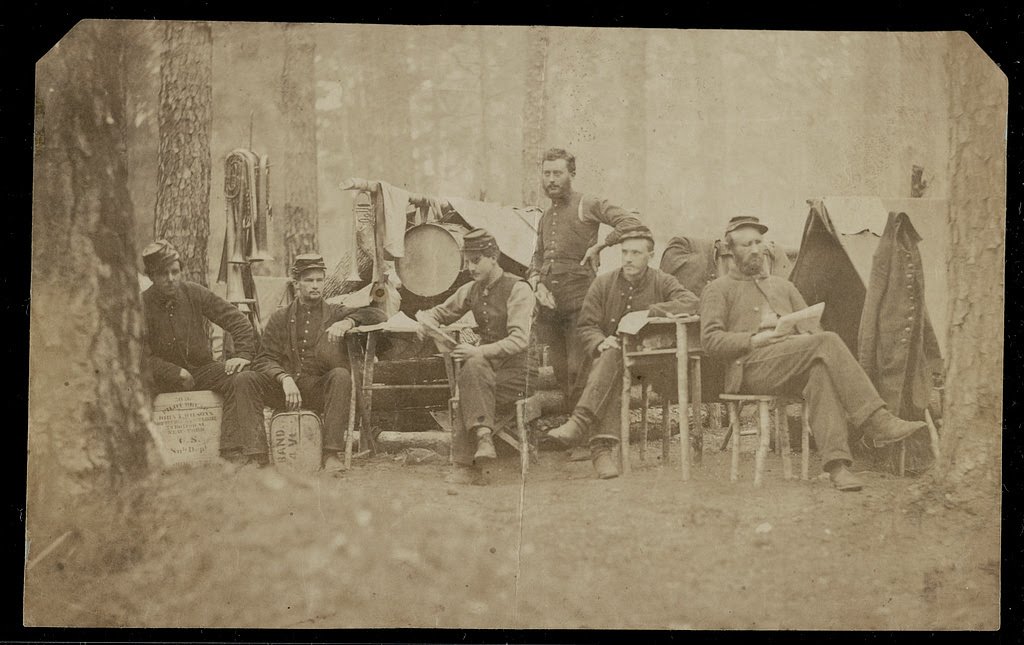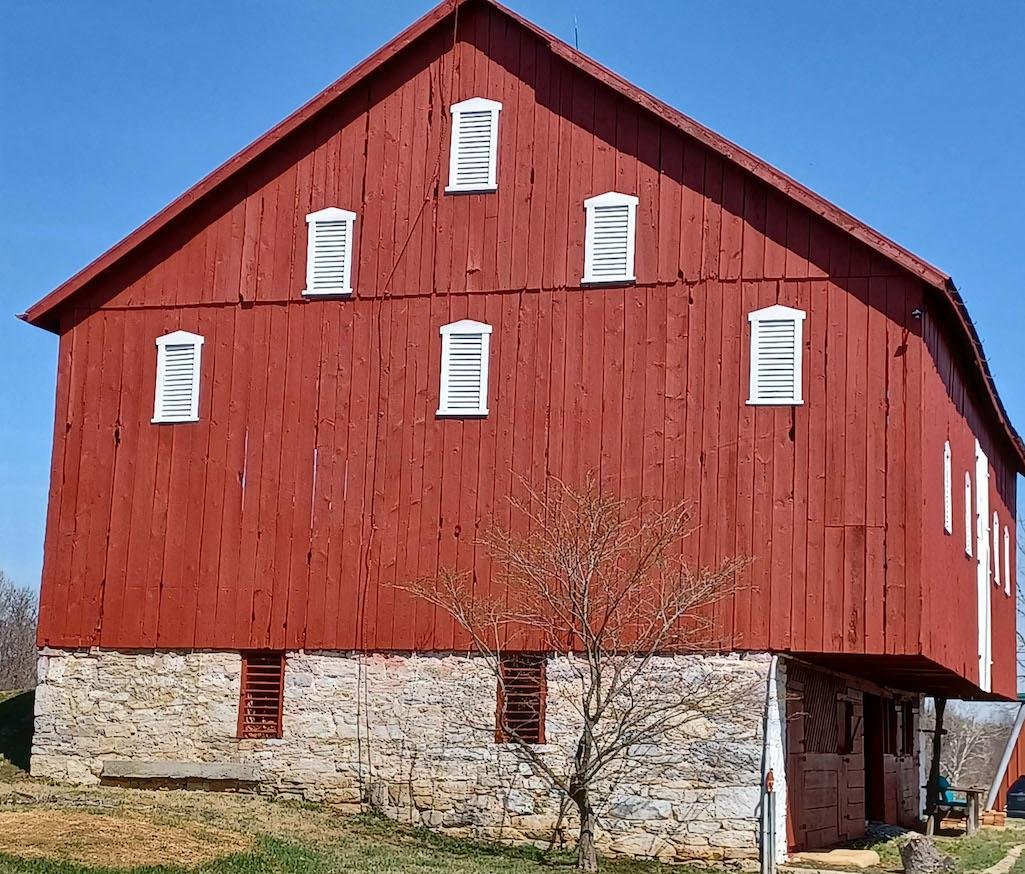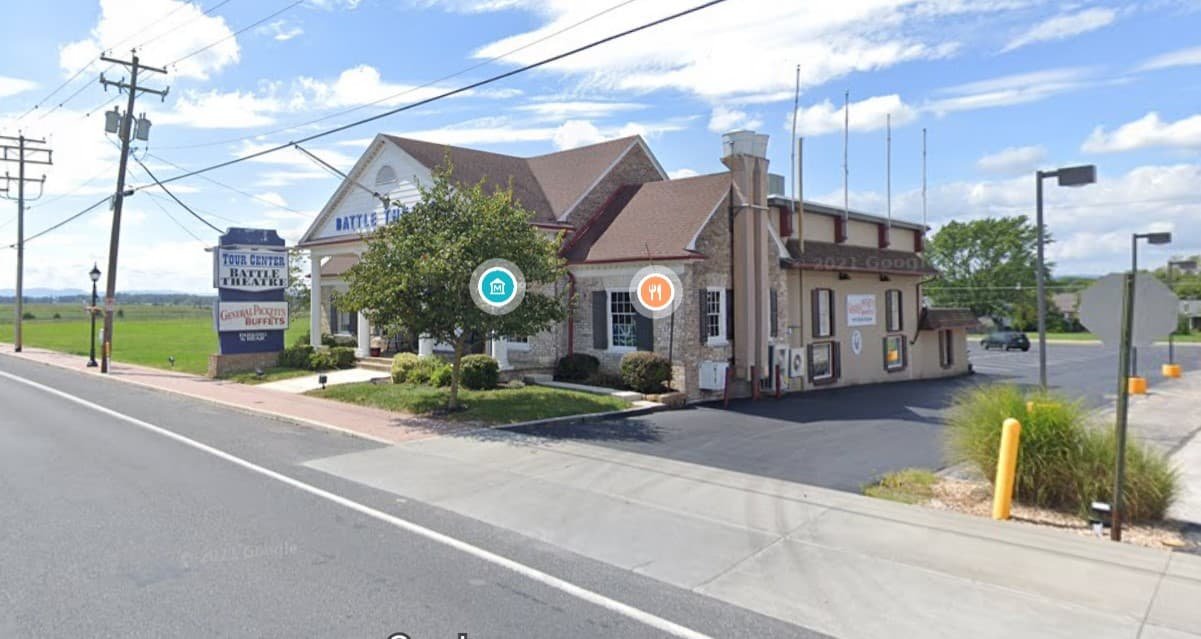On the evening of July 18, 1987, about 30 people gathered in the banquet room of Arbuckle’s Restaurant on Sophia Street in downtown Fredericksburg, Va. They came together through a shared interest in the plight of Civil War battlefields in the face of expanding urban development and the near-complete loss of battlefields like Salem Church and Chantilly. They felt it was important to take concrete steps to save those sites that remained, and to do so they believed the time had come to establish a nonprofit organization that would actively pursue these goals through the outright purchase of those landscapes.
By the time the salad, stuffed chicken and rice pilaf, dessert and drinks (cost of the dinner: $10 per person, including tax and tip) was cleared away, they had, by unanimous consent, named themselves the Association for the Preservation of Civil War Sites. In that first membership meeting, the very nature of battlefield preservation changed forever. Today, exactly 35 years later, we should all be proud to be a part of that continuing legacy.
From the meeting minutes, we know that from Day 1, this organization had five main goals — all of which we continue to live by today.
1. Become a recognized force for preservation of Civil War sites.
A goal we clearly exceeded, responding to a clear need and the urging of the National Park Service to expand our scope into other conflicts and evolve into today’s American Battlefield Trust. Our current footprint would have been unimaginable to that early group – 350,000 members and supporters, 11 million website visitors and 22 million video views annually.
2. Raise money to achieve the organization’s ends.
Not only do generous members donate directly to our work, but we have mastered mechanisms to unlock matching grant funds that multiply their gifts manifold. The fair market value of the 1,273 acres we protected in 2021 topped $33 million, but we were able to create a 20.6-to-1 leverage factor on private donations.
3. Buy or otherwise protect military sites associated with the Civil War.
In 35 years, we have permanently protected more than 55,000 acres of hallowed ground at 150 separate sites across three wars and are on the verge of completing work in our 25th state. Nobody at that first meeting dared dream so big!
4. Establish solid liaison with other historical groups to further the organization’s goals.
Working in partnership with a variety of national, regional and local preservation groups (some of whom we helped establish) has become a hallmark of our success. In addition to being our partners, these organizations facilitate our advocacy efforts and even participate in fundraising projects.
5. Eventually support a small professional staff.
Our staff has grown as we have expanded our reach and mission to include outstanding and award-winning education initiatives, but the Trust remains incredibly lean. More than 80 percent of the money we raise goes directly toward land acquisition and education programs, a ratio that earns us the highest ratings for efficiency by independent evaluators of nonprofit organizations.
Today, I hope you’ll join me in thanking everyone who attended that first membership meeting, but particularly the eight men who served on its first Steering Committee: Dennis E. Frye, Gary W. Gallagher, A. Wilson Greene, Robert K. Krick, Donald C. Pfanz and Edward T. Wenzel, who remain part of our community, plus John P. Ackerly III and Brian C. Pohanka, whose memory we honor. Without their vision and — more importantly, their conviction to take positive action — all that we have achieved together would have been impossible.
We are also keenly aware that the threat of lost battlefield land is higher now than ever before. Our founders could have never imagined the futuristic threats of data centers and industrial-scale solar farms, in addition to the growth in residential and commercial development in formerly rural areas. We must remain vigilant and focused on continuing the legacy that was created 35 years ago.
May the future bring our mission an equal measure of success!
David N. Duncan
President
American Battlefield Trust
P.S. You can read more about the origins of the modern battlefield preservation movement on our website. Take a look here.






















